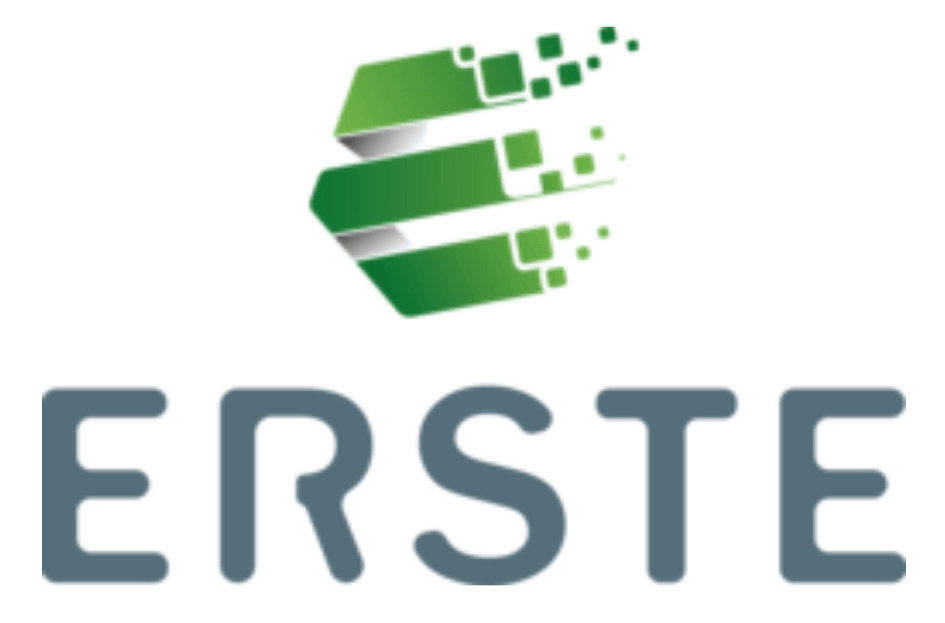When many different engineering wonders come together, advanced projects for the future emerge. OPTIMUM (OPTimised Industrial IoT and Distributed Control Platform for Manufacturing and Material Handling,) aims to take over jobs that may take time and pose a danger when carried out by the workforce with its own automation system and IoT technology, and is a promising project.
The goal of OPTIMUM is to support innovative modern engineering concepts such as autonomous systems. Intelligent Autonomous Systemsare self-sufficient, enhancing higher efficiency as well as safety. These systems can decide and act in line with their own goals, adapt to changing environmental conditions, and interact with other systems. Autonomoussystems are used widely today in many different areas of life and have been active in areas such as engineering, the medical field, and the internet. Autonomous systems are among the most important inventions of the rapidly developing technology age. It aims to make life easier and to achieve jobs at the top level of human power. Thus, it gives the opportunity for human resources to be used in more creative activities during the process.
Future concepts such as component-based and collaborative automation require much more distributed control functions. The project aims to develop optimal, distributed control aspects, adaptation to industrial needs using IoT technologies, awareness of context and location, as well as the improvement of control and assistance applications with common model-based 3D engineering and auditing.
OPTIMUM is an international research and development project carried out with the contributions of 6 different countries within the scope of ITEA. OPTIMUM, which will be completed in less than a year, is a project that provides the infrastructure for many different projects in the future and aims to support the industry by preparing it for Industry 4.0 challenges.
But what is Industry 4.0 and what are the challenges?
The term Industry 4.0 was first introduced by Klaus Schwab, who is a German Engineer and the executive chairman of the World Economic Forum. The most distinctive feature of Industry 4.0 is that the vehicles and machines in the production process interact with sensors and the internet and can perform simultaneous production. With advanced engineering and advanced systems, Industry 4.0 aims to produce high value-added production instead of cheap labor. At the same time, it aimed to move automation to a higher level.
OPTIMUM project has many different features that distinguish it from other projects. With its advanced crane system, sensors, and advanced IoTtechnology that differentiates OPTIMUM, it provides many advantages for the process carried out in the factory. For example, as it is seen in the usecases made with the partner company ERMETAL, OPTIMUM has a successful automation infrastructure. These use cases have ensured that the existing error margin is greatly reduced and thus the working environment is made a safer space for people working at factories. The ContextAwareness system makes multiple cranes work with each other in harmony and it also helps to avoid any collision with unexpected obstacles on the shop floor by machine to machine communication and additional sensors.
OPTIMUM, is a project that targets the future rather than today, and it is an example that a more secure and easy-to-use service can be provided in factories in the future with its advanced engineering system.
